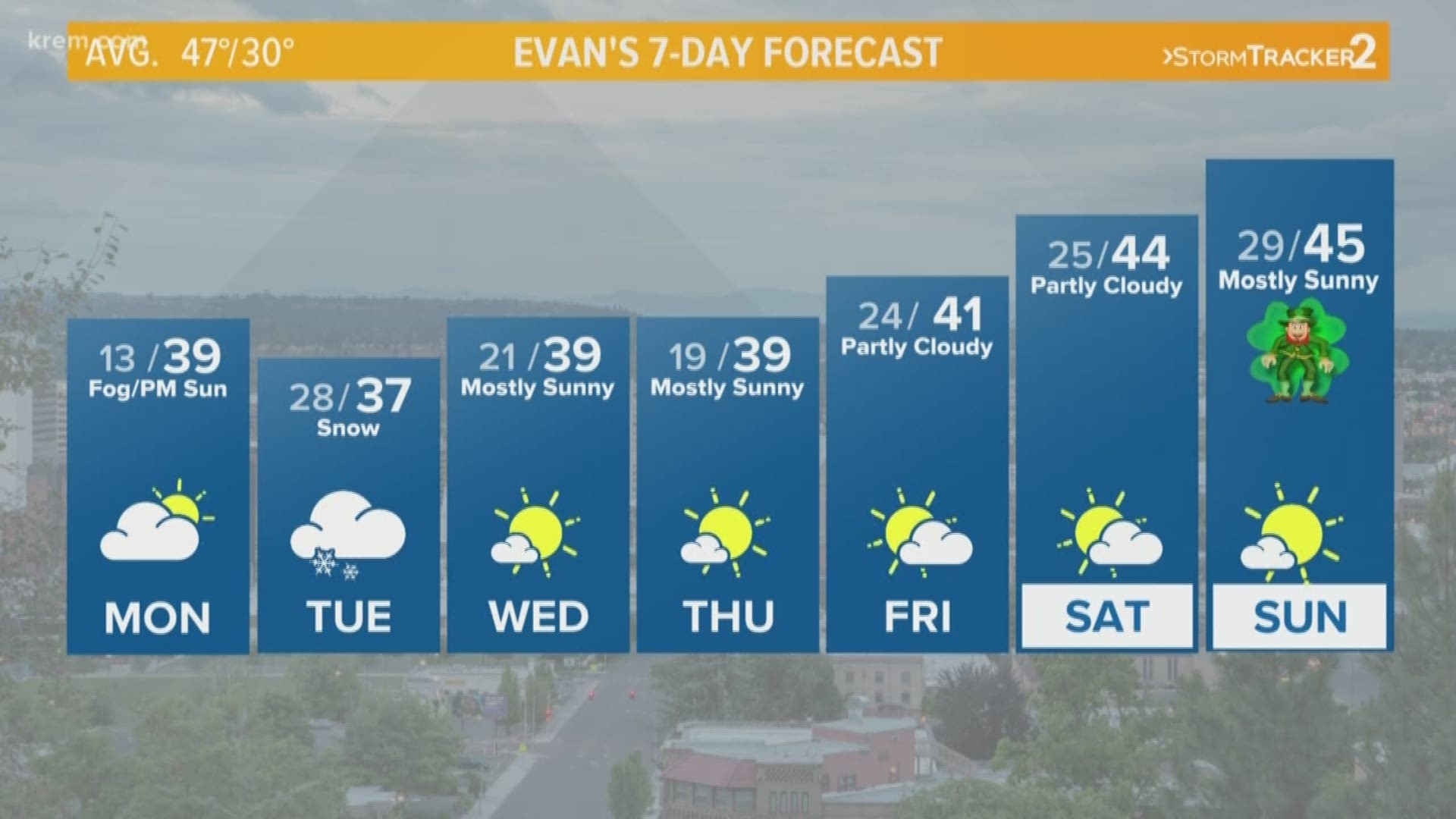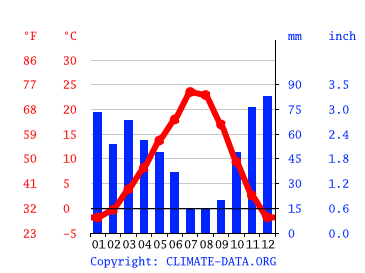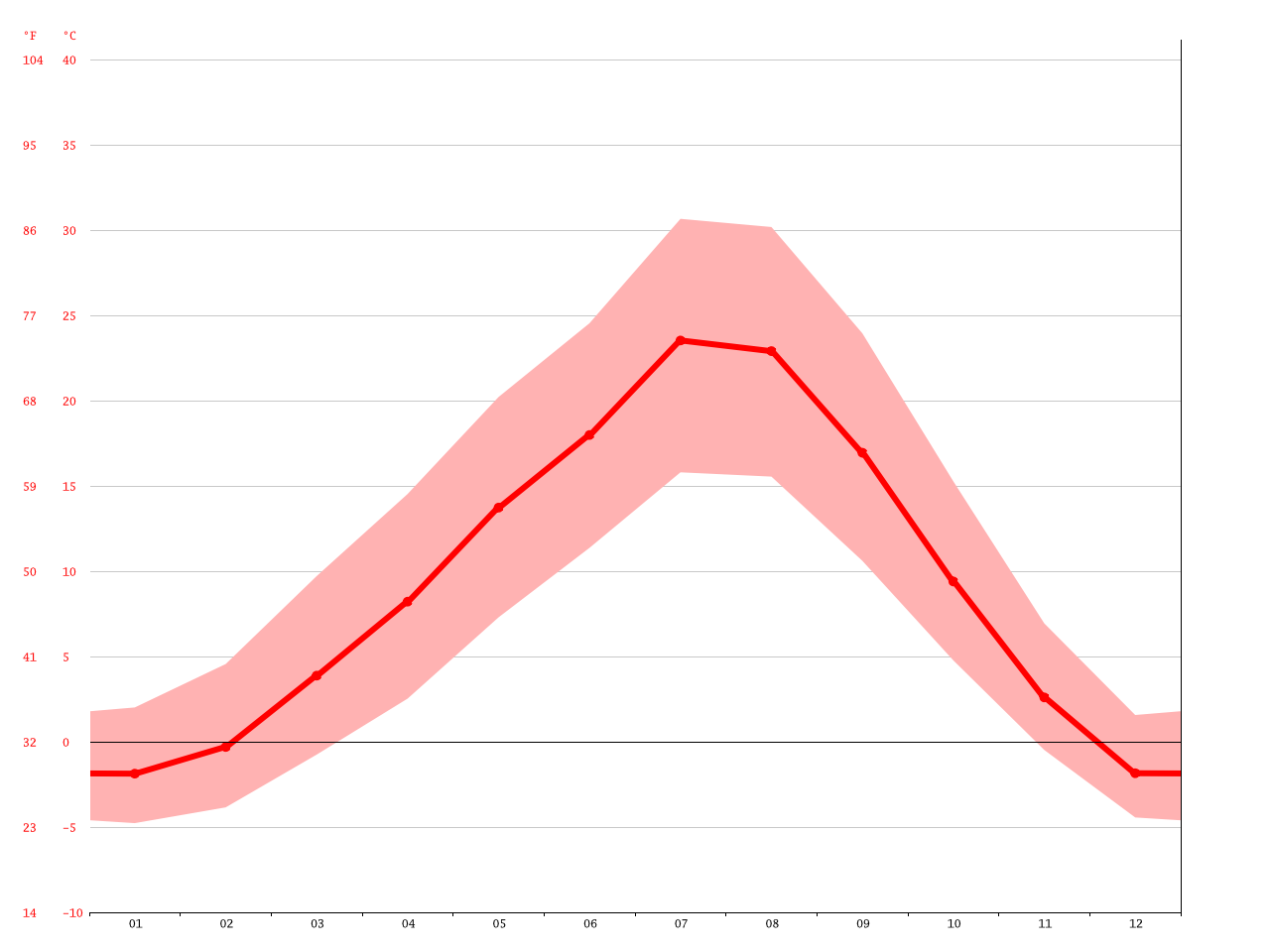

The National Weather Service issued some safety warnings for recreationists who spend time near water or melting snow. The average spring temperature for early May in Seattle is 63 to 64 degrees. The Service is also expecting temperatures in the 70s in the Seattle area on Tuesday and Wednesday. The National Weather Service temperature outlook for May, June and July suggests hotter-than-average temperatures across the state, including Western Washington. But yes, this was still pretty warm for early in the season,” Wolf says. “The temperatures themselves weren’t abnormally hot by summer standards, where we often are in the 90s every day, or for several days. The weather this past weekend was 15-20 degrees hotter than average. The Inland Northwest experienced a colder-than-normal April, with temperatures 2 to 6 degrees cooler than average. Spokane had seen its first day at or above 70 degrees only a few days earlier, April 26, when temperatures reached 71. It’s uncommon to see such high temperatures in Spokane after such a cool spring, Wolf says. The Spokane forecast surprised local forecasters like Jeremy Wolf of the National Weather Service in Spokane. (Records have been kept in the Spokane area since 1881.) On Sunday, Spokane tied its hottest April 30 on record: 82 degrees Fahrenheit at Spokane International Airport, tied with that date in 1981.


If the AQI is over 100 then it is in the Unhealthy for Sensitive Groups/Orange range. Why is the AQI updated only once an hour? Learn more about the AQI and NowCast calculations. The NowCast is a very effective tool to report near real-time air quality that correlates to the health-based standards. For ozone, the standard is an eight-hour average, and for particle pollution it is a 24-hour standard. Why don’t we provide a one-hour, stand-alone value? Because there is not a one hour health-based standard. More recent hourly air pollution readings (e.g., last three hours) are given greater weight in determining the NowCast index value when air quality is changing more rapidly, as may be the case when wildfire smoke affects air quality. The NowCast calculation is designed to be responsive to rapidly changing air quality conditions. To address this, EPA developed the NowCast to report air quality that is near real-time (referred to as “Current Air Quality” reported at the top of this webpage.)

A rolling 24-hour average report also isn’t very useful when conditions rapidly change, such as during a dust storm or wildfire. This means the official daily AQI is not known until the following day. For particulate matter, it is a 24-hour average, midnight-to-midnight. Each pollutant has its own health-based standard.


 0 kommentar(er)
0 kommentar(er)
